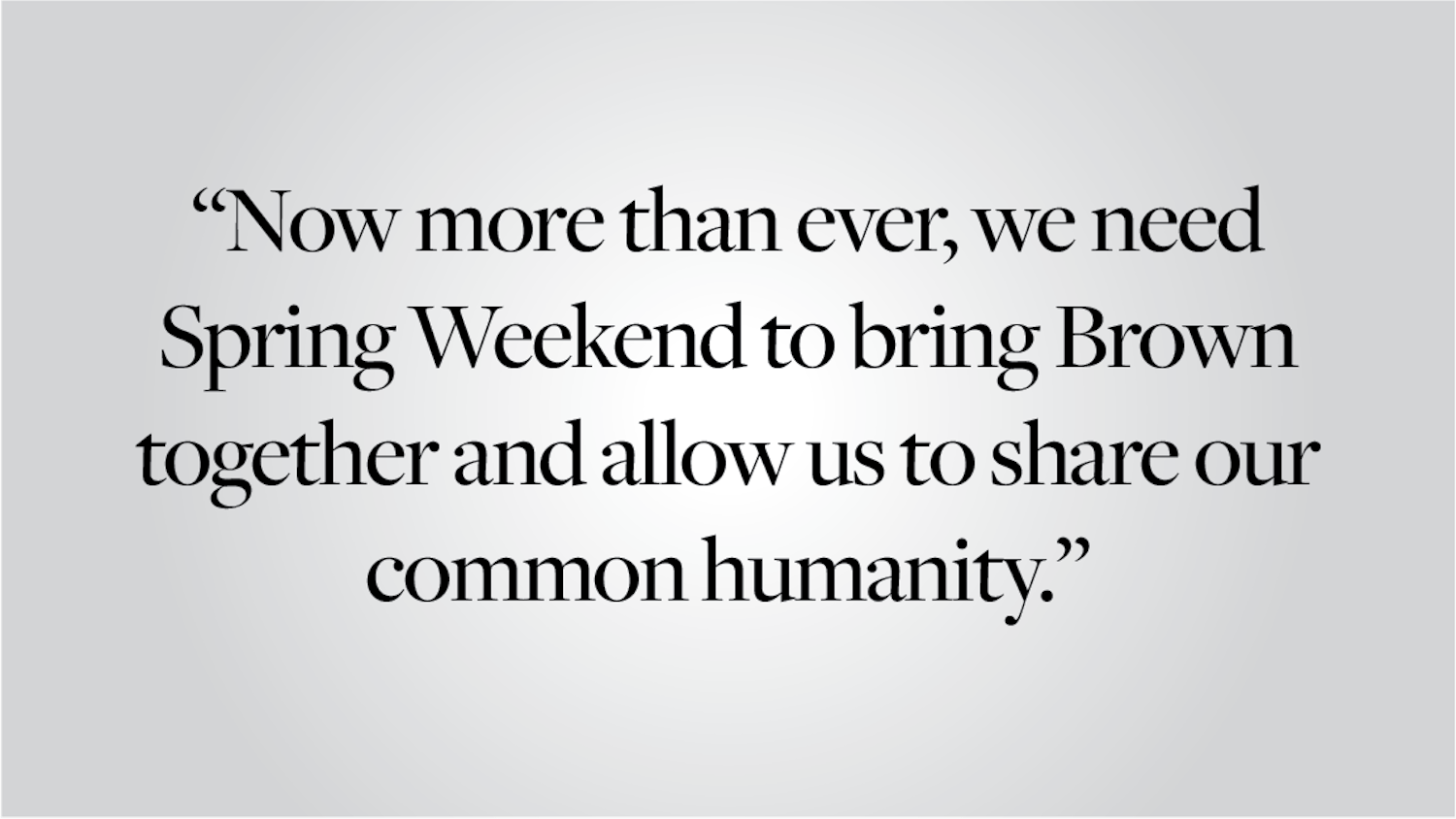Imagine walking into a classroom full of 50 people vying for a spot in a 17-person class. Students are sitting on the floor, propped up on windowsills and even standing. The professor eventually comes in and tries to make their way through the crowd, calling the names of students who are registered. You know, those who clicked the fastest during registration. The professor then informs the rest of the students that they can submit a writing sample to get on the waitlist, which has one available spot, maybe two. At this point, the process of getting into the class has quickly become one of cutthroat competition, full of anxiety, self-consciousness and, for the vast majority, disappointment. In one section of ENGL 0930: “Introduction to Creative Nonfiction” this semester, 70 people showed up for the first day of a class capped at 17, according to attendance statistics pulled together by the department to track this very problem.
Does all of this sound daunting and stressful? Of course it does. Unfortunately, this is the harsh reality for many students trying to get into capped writing courses, especially those in the English Nonfiction Writing Program or Literary Arts Department, among others in the humanities. But why does getting into a writing course have to feel like the academic equivalent of the Hunger Games?
Brown’s inability to meet student demand in the Nonfiction Writing Program and Lit Arts Department, particularly for introductory courses, has been an issue for years, and it’s one that comes with extreme consequences. First and foremost, it prevents students from trying their hand at introductory writing courses like LITR 0110A: “Fiction I” or ENGL 0930: “Introduction to Creative Nonfiction,” undermining the very essence of the “open curriculum.” In turn, this inability to get into the introductory classes then creates a snowball effect by further barring students from taking upper-level classes in these departments. And for interested concentrators, this lack of access can be enough to deter them from these concentrations completely.
As a result of this, I know of students who have switched out of the Literary Arts concentration because of the scarcity of available classes, and of students who gave up on nonfiction writing because of the daunting waitlists. I personally had to wait three semesters to get into Introduction to Creative Nonfiction, which, given the academic demands we all face, is an unrealistic expectation.
Another issue is the competitive process of getting into the class. When students are judged based on writing samples to get into courses — especially introductory ones — it can create feelings of personal failure or cause them to doubt their abilities if they end up low on the list, discouraging them from future writing courses. Even when professors use a lottery-based system instead, the image of the overfilled classroom can be enough to turn all but the most committed students away — the opposite of the inclusive atmosphere that introductory classes should be fostering. The restrictiveness of the introductory courses makes it difficult for non-concentrators to explore new ways to improve their writing in a collaborative environment — skills that will transfer into other aspects of their education.
For a school that prides itself on its diverse liberal arts education, Brown certainly is not improving the situation to give its students better access to Nonfiction Writing and Lit Arts courses. Its inability to respond is just as hypocritical as it is concerning. After all, the writing requirement is literally the only academic requirement Brown has, and they consistently claim that they want students to leave Brown having improved their writing skills. While there are WRIT courses across many departments, the unique workshop style offered by these departments creates an exchange of feedback that makes students better and more critical writers and readers, accomplishing one of the goals laid out in “Liberal Learning at Brown.”
If it wants to stay true to its mission statement, the University should take action and give more attention to these departments, which are inadequately funded with respect to demand. The first step should be to create more sections of the courses, which would likely require hiring more professors. Obviously, this is an expensive endeavor, but the benefits largely outweigh the costs. More sections would mean that more of these interested students would be able to enroll instead of being discouraged from courses and departments. Increased availability would also help to boost the number of students concentrating in these departments, which have decreased (English) and remained relatively stagnant (Lit Arts) over the past decade.
Another possible solution, perhaps more cost-effective, would be to make better use of graduate students, some of whom are authorized to teach writing courses. And if expanding the faculty is absolutely financially impossible, the University should at least consider ironing out its waitlist process. Instead of letting students in based on who clicked first, Brown should create a lottery system for these high-demand introductory classes and clarify the writing sample evaluation process so that it is not quite as ambiguous or subjective by laying out more specific guidelines. Those on the waitlist who did not get in should also be given priority during the following semester, which will help reward students for their interest and persistence.
At the end of the day, Brown needs to think about the consequences of disregarding the supply-and-demand issue that the Lit Arts Department and Nonfiction Writing Program face. While students veer away from the humanities on a national level, those who choose to pursue an education in these fields or try out the courses should be met with open arms, not turned away or stuck on a 30-person waitlist.
Samantha Savallo ’18 can be reached at samantha_savello@brown.edu. Please send responses to this opinion to letters@browndailyherald.com and other op-eds to opinions@browndailyherald.com.




